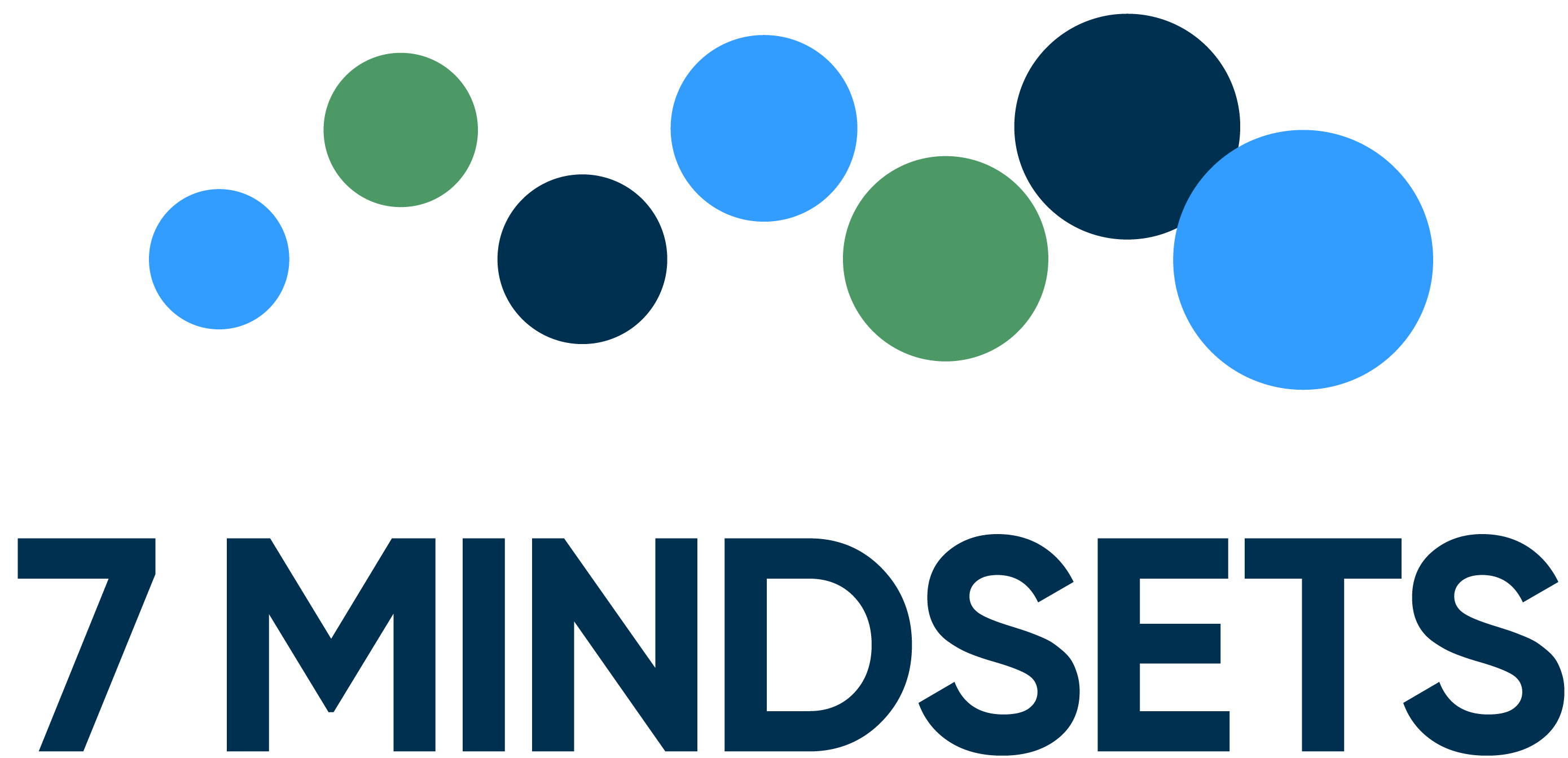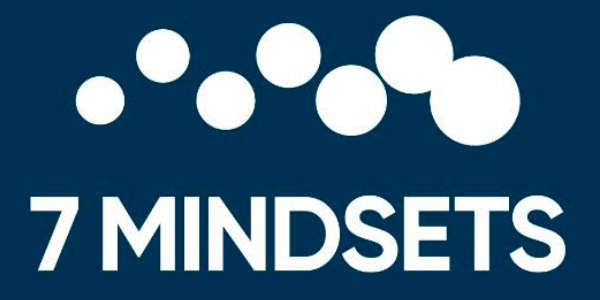“Social Emotional Learning Training” – eh?
As the number of students per class continues to grow, teachers find it increasingly difficult to create meaningful connections with each of their students. Many of us find it difficult to pin down exactly what a meaningful connection is. That’s why, regardless of our age, wisdom, and experience, all of us can benefit from a little guidance on how to instill the attitudes and thought patterns to help our kids get more out of life. In other words… social emotional learning training, but with an emphasis on creating connection.
Mike Daniel recently shared a story of some early work he did to help one struggling student who was constantly getting into fights and being moved from school to school. The boy had been abandoned by his father and grown up in a single-mother home. Although still in contact with his dad, they rarely saw each other or talked.
Mike started working with him, encouraged him to join the triathlon team. Before long, he was making progress. He started performing better in school as his anger seemed to decrease. Before long, he won his first triathlon meet. It was a wonderful experience. Mike thought it was a breakthrough.
The next day, however, the boy got in trouble by displaying extreme disrespect for a teacher. The school called Mike to come in. Surprised and frustrated, Mike told his wife it might be a long day. He was going to sit with the boy until he could understand what had happened. The boy was silent, but Mike was determined to wait it out. Hours went by.
Then, finally, he rolled his head back and tearfully said, “All I wanted was for my dad to call!”
Belonging And Significance
We all have two fundamental emotional needs: A sense of belonging, and a feeling of significance. When these needs aren’t satisfied in our youth, they feel cut off and alone. They may join gangs, act out, engage in premature sexual behaviors, or turn to substance use and abuse as unhealthy surrogates for their missing connectedness.
Without belonging and significance, the resulting emotional void is often filled with anxiety, depression and mental turmoil.
While educators can’t prevent this entirely on their own, with the right social emotional learning training, they can help. SEL training can certainly make classrooms into safer, more welcoming, more empowering communities where students feel a critical sense of belonging and significance.
When Social Emotional Learning Fails
Promoting connection in schools is the antidote to the breakdown in our society’s community structures. Social and emotional learning programs that focus on improving behavior, while well-intentioned, often isolate children the most. The missing link, in most cases, is connection.
The simple act of connecting with another human and understanding that they’re in this too is perhaps the most powerful way to support confidence, achievement, and that an optimistic view of the future. There is almost nothing more meaningful educators can do than facilitate this to build genuine communities for those they’re empowering.
Social emotional learning training tactics for creating connection with students:
1-Assume the Best
One cannot be a good teacher if one doesn’t believe in the character and ability of one’s students… almost unconditionally.
Students will rise or fall to the level of expectations that we set for them, so we need to guard any doubts or uncertainties and make certain that, above all else, they feel our belief in them.
Find a way to truly center around the absolute truth that every one of your students has a gift inside them that they can and should share with the world. Our job as educators is to help our students find these gifts and make them central to their lives.
Like it or not, perception is reality. Make your reality one in which you know that every student is extremely capable and will navigate the challenges of this world to find happiness, meaning and impact with their lives.
2-Set Classroom Expectations
It is unarguably important to have clear expectations for what it means to be a participant in your classroom.
Just as important, though, is getting buy-in from your students on those expectations. Because when they do buy in, they actually become part of the process of holding themselves and their classmates accountable.
The best practice I have seen for this is a day-one expectation-setting meeting.
Here, the teacher asks the students what they believe the ground rules should be for the classroom, and what type of environment they want to be part of. The teacher then facilitates a discussion in which students define 3 to 5 rules that the entire class agrees to.
This is a perfect example of a critical part of social emotional learning training: letting go of the idea of always teaching.
It’s natural for instructors to automatically think in terms of disseminating the facts; after all, they’re teachers.
However, giving students the chance to take part in charting their own courses and empowering them with a degree of responsibility for how they want to act, learn, and coexist in the classroom, is the path to creating emotional investment in their future.
3-Create Conversation
Comedian Conan O’Brien once boiled comedy down into its simplest element, saying, “All I do is find things that provide a space for me to make a fool of myself around. If I can do this, people always laugh.”
In its simplest form, creating a community and connection in the classroom is about finding ways to get students to talk and share openly.
One easy way to do this is to find relevant elements through which conversation can be created. It may be a current event that’s top of mind, an inspirational video, or perhaps an issue or event taking place at the school.
Teachers should ask themselves, “What are my students already talking about, and how can I introduce those into our classroom in a constructive way?”
Find things your students care about and use them to open the avenues for conversation. Just remember that it’s really not about the topic, but the process of open dialogue and the respectful sharing of feelings and perspectives.
4-Be Involved in their Lives
All three of my kids share the same all-time favorite teacher: Mrs. Thompson. There are many reasons for this, but one is the fact that she often attended their dance recitals, basketball games and karate classes.
Maya Angelou once said, “They won’t care how much you know until they know how much you care.”
Find ways to be the unexpected fans of their lives!
It may not be realistic for every teacher to attend their students’ extracurricular activities, but knowing what they’re doing outside of class, how it’s going, and being present for conversations about them is key to forming bonds of trust and connectedness.
Do this, and the process of teaching subject matter gets a lot easier, because your students care more about what you’re teaching when they know you care about who they are.
5-Have One-on-One Meetings or Interviews
I love those rare moments when the entire family is together enjoying a game or movie. In this crazy, distraction-filled world, it’s never easy nor frequent that I get that Norman Rockwell feeling I once envisioned as a new father.
That said, I’ve experienced a different feeling that’s just as powerful, when I realized that the most meaningful time I spend with any of my children is one-on-one time.
Whether it’s driving them to events or putting them to bed at night, my best opportunities for guidance and growth happen individually.
I believe teachers can more effectively build rapport with students if they intentionally create one-on-one time. Some students are proactive and create these situations themselves, but the vast majority of them, we never really get to know.
Try scheduling periodic interviews with every student. Pull them aside while the class is reading or doing worksheets. Ask them a little about themselves, what they want to get from the class (if they seem ready for this question), and what you can do to help them succeed.
This goes back to the previously mentioned aspect of social emotional learning that really makes it work: creating investment and accountability.
Talk to your students one-on-one, and they’ll understand that you really see each of them as a person. That’s something no amount of good grades can ever communicate.
6-Be Available
When I ask teachers to describe the students they enjoy most, it is always those that they have conversations with.
Conversation is connection, which should be a primary driver and goal of education.
In addition to one-on-one time, make yourself available. More important than preparing lessons and grading papers is the time you spend in conversation.
Let students know that you’re around. If you need to set times, make sure they know when they can talk with you.
Most importantly, when they do come to you, be ready to drop everything else. Be present and give them your undivided attention.
These are the moments in which you will change lives forever.
7-Perform Classroom Service Projects
A truly energizing way to promote a sense of connection to students and the community is getting out and performing acts of service.
Service projects have two incredibly powerful effects. First, they show that every student has something important to offer the world in the form of helping others.
One cannot underestimate the importance of that single perspective, and it alone is why every school and classroom should take on such projects.
The second important outcome is the sense of community that organically arises within the service team. If you’ve ever been on a service project team, you know the camaraderie created when a group of people get together to do something they all know is positive and worthwhile.
Walls are broken down, team members have a common cause to share, and connections are made where none existed.
Organize your class to participate in a service project related to something they care about. Allow everyone to participate in the vision for what it should be and accomplish.
Most importantly, take time afterward to reflect on the experience and the shared impact everyone involved helped make.
8-Be Vulnerable
Students often view teachers as infallible, and we need to change that perception.
We are all challenged, and we all have struggles.
It’s the reality of life, and understanding that eliminates the toxic culture of perfectionism and comparison while creating self-compassion and open-heartedness.
I say share your stories.
Let them know who you are; not just the successful career educator, but the once shy or rebellious person who struggled in their youth, made mistakes and had their share of embarrassment.
In other words, be real.
When you share of yourself, you give your students the model to share of themselves and the impetus to support one another. As Brené Brown says, “It is when we are vulnerable that we are most beautiful.”
Maya Angelou also said, “They won’t remember what you said, not even what you did, but they’ll never forget the way you made them feel.”
Teaching students is a profound experience, and you never know which one may see you as a “Mike figure” in their life, or what kind of impact you could have.
These social emotional learning training methods should help you adjust your thinking to include not only traditional teaching, but also understand the impact of the way you are with your students.
The foundation of success at the classroom and even school level is a sense of community. These techniques will help you create the connections to empower your students to greater successes than any lecture or academic activity ever could.
Contact 7 Mindsets to explore social emotional learning training for your school or district.




